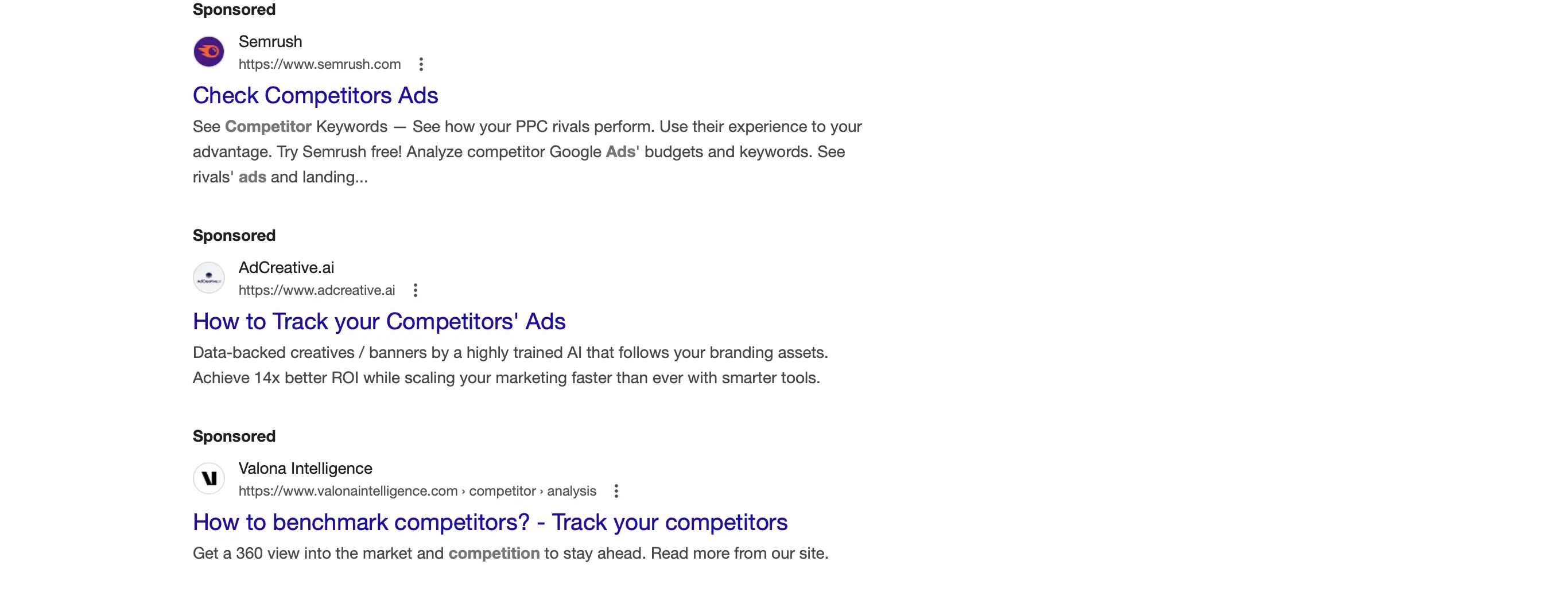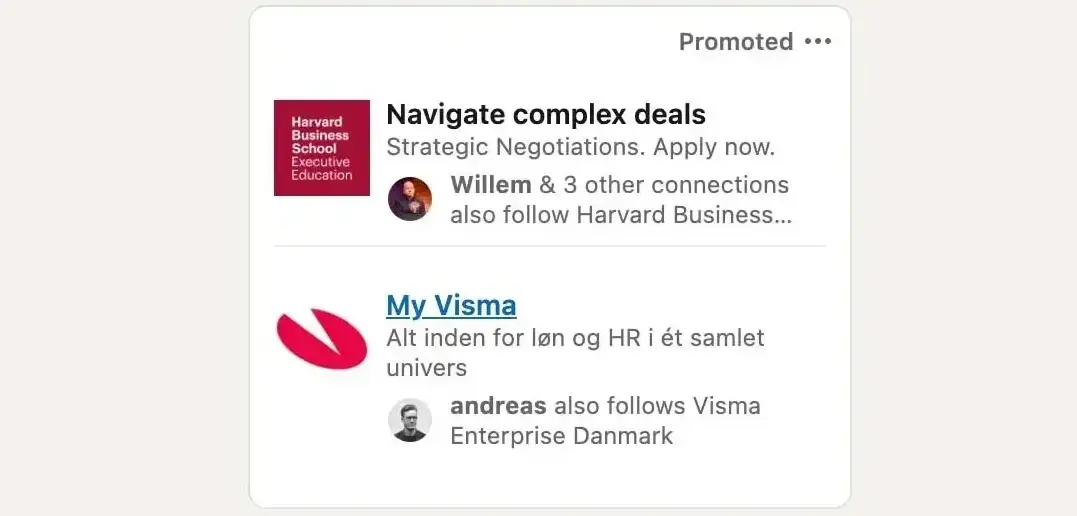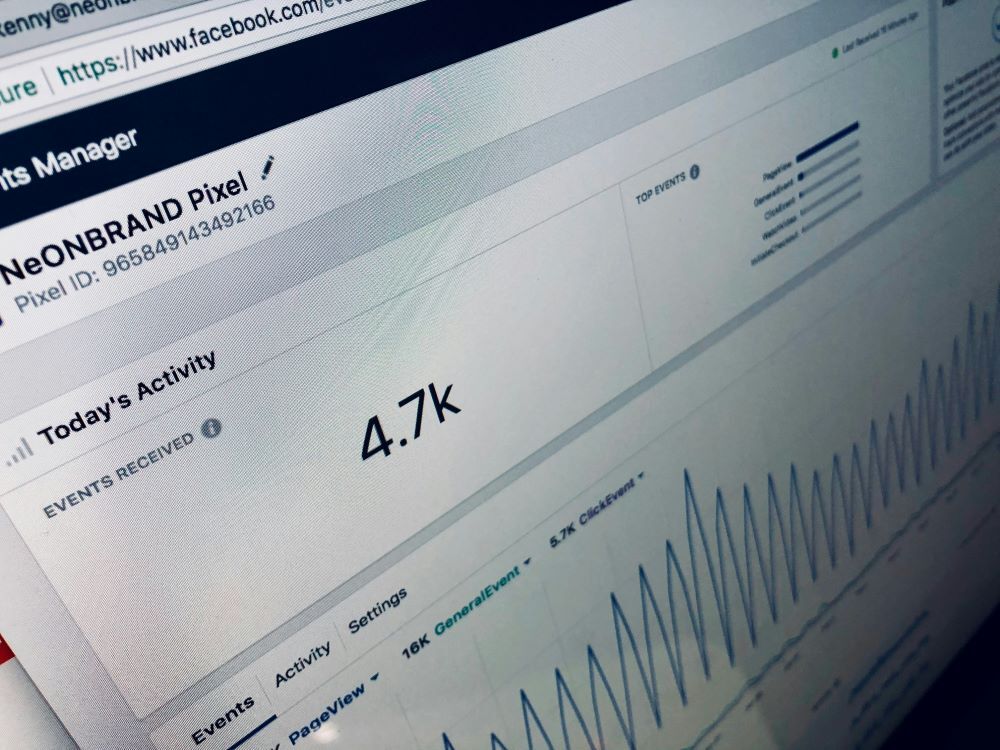Whether you’re a hosting reseller, eCommerce store, blogger, or have a different business model, you’ll probably consider paid advertising at some point Paid search and paid social are two common options, but while they might seem like one and the same, you must understand a lot of nuances between them.
Several aspects will impact your choice between paid search and paid social. User intent and your business objectives are two of the most important ones.
So, which should you choose? Is paid search a winner for your needs, or will you look to paid social instead? Let’s go deeper in this comparison.
What Is Paid Search?
Paid search is when you advertise on search engines like Google and Bing. The main objective is to make your page more visible. Paid search results typically appear as “Sponsored” above organic results, but they do not rank higher than snippet pieces.

Most paid search campaigns run on a cost-per-click (CPC) basis. This price will depend on the keyword(s) you choose; the more competitive and the higher volume, the higher the cost.
It’s possible for multiple paid search results to appear. Positioning will depend on who is the highest bidder. You can promote blog posts, landing pages, and products. Many brands will advertise themselves in competitors’ search results.
When running paid search campaigns, it’s vital that your website engages users when they click through. This means that your copy must encourage them to make a decision, and you also need to impress them with your overall branding. Having the right hosting plan, which can also improve website speed, is one part of this.
When Should I Use Paid Search?
Paid search can be used in a variety of scenarios. You’ll often see these used for keywords where the user is researching products and services (or they’ve already chosen to make a purchase). In these scenarios, using paid ads to promote your landing page can be very effective.
On other occasions, you might want to use paid search for results with informational keywords. Here, the user is seeking information about a topic. For example, you could promote a blog post explaining what SEO is within search results where users want an explainer.
You can use these methods whether you advertise with Google Ads or another platform. It is worth, however, incorporating paid search with organic SEO for business success.
The Pros and Cons of Paid Search
| Pros | Cons |
|---|---|
| Get results faster than organic SEO | You can’t use visual content in paid ads |
| Relatively high clickthrough rates (CTRs) | Requires ongoing effort to be consistently successful |
| Appear at the top of high-volume search results | |
| Supports versatile business goals |
What Is Paid Social?
Paid social is when you advertise on social media platforms. Popular places to do so include Facebook, Instagram, TikTok, Pinterest, and YouTube. While paid search is quite formulaic once you learn it, each platform requires a unique skill set and ad style to succeed.

While you can only advertise in a few places with paid search, you have many more options with paid social. It’s possible to place ads on YouTube videos, in Instagram Stories, and on the sidebar of Facebook and LinkedIn.
With paid social, you can use a mixture of text and visuals. For this reason, these ads are often used by brands in fields like art and fashion.
When Should I Use Paid Social?
Paid social supports different business goals. Whether you’re building an eCommerce brand or something else, you can use these platforms to build brand awareness. In-feed ads are particularly powerful for this. Many photographers and artists use these kinds of ads, for example.
However, paid social can also be an ideal option for encouraging downloads or promoting products you want to sell. For example, a B2B software company could promote its latest whitepaper on LinkedIn. Meanwhile, a clothing company may showcase their products via Instagram Stories.
The Pros and Cons of Paid Social
| Pros | Cons |
|---|---|
| Reach a wide audience | Lower CTRs than paid search |
| Use visual and text elements in your ads | You need to be careful to avoid ad fatigue |
| Multiple ways to promote your brand | |
| Can be less expensive than paid search | |
| Lots of user data is available for better segmentation |
Which Form of Advertising Is Better?
While neither paid social or paid search is objectively “better” than the other, they do excel at supporting different goals. Moreover, you’ll probably see different results – depending on the platform you choose.
It’s also worth understanding how paid search and social perform within your marketing budget. You need to spend a lot of money on both, and if you don’t have much to begin with, it’s worth being more intentional about your ad spend. Let’s now look at how paid search and paid social perform in different areas.
Clickthrough Rates
Paid search and social can differ significantly in terms of clickthrough rates. Generally speaking, you’re more likely to see better results with paid search in this respect.
According to Wordstream, the average paid search CTR for Google Ads is 3.17% across all industries. Some industries fare better than others, but this is a solid benchmark to aim for.
On the other hand, Smart Insightsfound that in-feed paid social CTRs averaged between 1.1% and 1.3% in January 2024. This is significantly lower than paid search.

We can use several theories to explain this. Firstly, users searching for a keyword already have a particular intention in mind. Therefore, any clicks are more likely to be intentional. On the other hand, paid social appears whether a user was looking for something or not.
Another potential explanation is that paid social ads are much easier to scroll or click past. Paid search is very prominent because it appears right at the top of search results.
It is, of course, worth remembering that someone isn’t guaranteed to give you service just because they clicked through. Nonetheless, CTRs are a good indicator of whether your audience is interacting well with your ads and likes your messaging.
Winner: Paid search
Cost
Factoring cost into the equation is particularly important if you’re a new business with a small budget. This, however, is where things get more nuanced. The amount you pay for ads will depend on where you place them and how competitive the industry is.
The cost of your ads will also depend on how many users click through, which is why you also need to measure return on investment (ROI). Though paid search is typically pricier than paid social, you’ll probably spend more money getting paid social ads right as there’s both text and video.
Because the cost of paid search and paid social isn’t cut and dry, we’re going to make this section a tie.
Winner: Tie
Long-Term Gains
Though you definitely want to see instant results, it’s also important to think about the long run. Part of building a successful business involves knowing where you want to be in a few years (and decades). From this point, you can use data analytics to grow your business – along with numerous other aspects.
Both paid search and paid social can support long-term growth. For example, paid social can be a great way to promote valuable posts and build an audience. This is particularly true on platforms like Facebook, where it’s often pay to play these days.
Paid search can also build brand awareness and give you an opportunity to get users on board with useful content. However, it’s nowhere near as effective as organic SEO in the long run. For this reason, paid social gets a point.
Winner: Paid social
Time to See Results
Although it’s important to build a sustainable long-term business, you also want to see short-term results when investing in advertising. With paid search, you can start seeing results almost immediately. If users like what they see, you can quickly build a lot of traffic.

Since you’ll get more traffic faster, you’ll also likely generate more leads and sales in a shorter period of time. You can then focus on URL structures and other handy technical elements to boost your organic SEO results.
Paid social can also help you get results quickly, and unlike paid search, you could potentially go viral. But at the same time, you shouldn’t expect the same level of success in a short period of time as you could with paid search.
Winner: Paid search
Which Form of Paid Advertising Should I Do?
As you can see, this contest was really tight, and there wasn’t a lot to separate paid social and paid search. To make either of them successful, you must first think about your specific business needs.
Just as importantly, you need to understand your audience. If you sell to a younger audience, paid social might be better than paid search. On the other hand, B2B companies might want to leverage Google Ads.
Another crucial consideration is how much you can allocate toward content creation. While you can use text-only ads on social media, this might not be the best option. So, in those cases, you’re better off investing in paid search or using that money for organic growth instead.
Summary
Paid search and paid social can both play crucial roles in your business infrastructure. However, you need to understand how they work and know what their pros and cons are. Understanding your audience is also imperative. Now that you have all of this information, you’re in a better place to make the right choice.
Frequently Asked Questions
How do ad formats differ between paid search and paid social?
Paid search is usually text-only. On the other hand, paid social can be a mixture of text, still images, and videos.
Which type of ad is better for brand awareness?
Paid social can be a powerful tool for brand awareness, especially if you’re aiming to grow your social accounts. However, you shouldn’t discount paid search.
How do user intents differ between paid search and paid social?
Users normally interact with paid search because they’re looking for information or want to make a buying decision. On the other hand, paid social users are more explorative; they might not be ready to purchase (or interested in doing so at all).

Danny is a seasoned freelance copywriter with 10+ years of managing his own websites in WordPress and other content management systems. He's an expert in eCommerce and sells his own photography prints, in addition to knowing about hosting domains having used several providers. Danny's strong writing expertise is evident in his bylines across several major tech publications, including Lifewire, MUO, and Make Tech Easier.
View all posts by Danny Maiorca




















